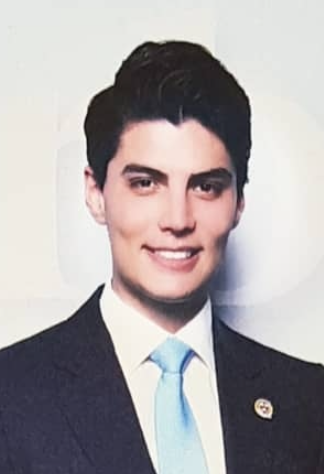
TTS/ILTS paired transplant center program: two years of clinical and academic advancements
Angel Flores Huidobro Martinez1,3, Fidel Lopez-Verdugo3, Akanksha Mishra3, Sarnai Erdene2, Jonathan Nellermoe3, Philippe Paci1, Diane Alonso1, Alan G. Contreras1,3, Sudha P. Jayaraman3, Raymond R. Price3, Sergelen Orgoi2, Manuel I. Rodriguez-Davalos1,3.
1Transplantation, Intermountain Healthcare, Salt Lake City, UT, United States; 2Transplant, First Central Hospital of Mongolia , Ulaanbaatar, Mongolia; 3School of Medicine - Center for Global Surgery, University of Utah, Salt Lake City , UT, United States
Introduction: The Paired Transplant Center Program is a TTS/ILTS initiative to expand worldwide surgical capacity of Liver Transplantation (LT). Hepatocellular carcinoma, HBV and HCV rates in Mongolia are among the highest in the world, for this reason, it is imperative to increase surgical capacity in this region. Our LT team (Supporting Center - SC) and our counterparts in Mongolia (Emerging Center - EC) through collaborations in a university-based academic Center for Global Surgery were accepted for the Paired Transplant Centers Program award in 2020. We aim to report on the academic and clinical advancements of our alliance.
Methods: This is a descriptive study to report the first 2 years of our partnership; We have organized online multidisciplinary lectures of selected LT topics with speakers from SC, EC, and international LT leaders. LT and related clinical protocols and guidelines are discussed during these meetings, allowing bilateral knowledge exchange. Research sessions include group review of abstracts and manuscripts from both teams. We also surveyed the participants of our group to obtain feedback about our past collaborations and future expectations of our projects.
Results: Our group consists of a multidisciplinary team of 30 participants (SC=17, EC=13). We had 27 lectures on diverse LT topics, and we participated in over 14 LT international meetings including ILTS and TTS. We have submitted 2 manuscripts, presented 4 abstracts and received support to sponsor 1 research scholar. We reviewed and discussed bilateral protocols on immunosuppression, donor selection and follow-up, biliary complications, COVID-19 vaccination and perioperative care. Twenty-two (73% response rate) participants of our group answered the survey, 77% agrees that the TTS/ILTS Paired Transplant Center Program has contributed to their academic growth by providing new ideas for quality improvement and research projects, 68% agree that the collaboration has increased their knowledge in transplant and help them provide better care for their patients 72%, 81% think they would benefit from discussing pediatric transplantation topics and clinical cases and 26% and 66% respectively see language/translation and other clinical and academic duties as a challenge for our meetings.
Conclusion: Our results show that it is feasible to have clinical and academic advancements through online efforts that ultimately impact bilateral patient care. Partnering with ECs and participating together in international studies helps expand their network for further independent collaborations. COVID-19 has limited in-person collaborations; however, telehealth platforms have been a useful and affordable tool for international collaboration among LT centers around the world.
